Crossposted from Colorado Media Project on Medium.
By Nancy Watzman & Stephanie Snyder
Over the past several weeks, a network of interviewers has been sitting down one-on-one with Coloradans to learn about what they’d like to see from arts and culture news coverage in the state. What excites them about the arts scene? How do they get their information? What prevents them from enjoying the arts as much as they’d like?
Our team has conducted nearly three dozen interviews so far. Our subjects range in age from 18 to 76, come from different racial and ethnic backgrounds, and hail from across Colorado – from Pueblo to Denver to Grand Junction. Here are some themes that are emerging:
Members of minority groups don’t feel that their experiences and interests are reflected in traditional media;
People crave a one-stop shop for comprehensive information about arts and culture events in the state;
Social media is a major source of information, but isn’t meeting the craving for deeper information about arts and culture;
Cost of arts and cultural events creates a barrier for many people.
With support from the Bonfils-Stanton Foundation, Colorado Media Project has been working with Rocky Mountain PBS, Colorado Public Radio/Denverite, other news organizations, and arts and culture groups to gather these interviews as part of our research, which should lead toward helping news organizations better serve communities. CMP is partnering with Hearken, which helps newsrooms better connect to audiences by engaging with communities and learning what they need. We’re still gathering these interviews through August 31, and you can help – directions are at this link.
Along the way, our interviewers – largely staff or volunteers with our media partners – are finding that the intense 30-minute conversations are changing the way they are thinking about their own work.
These interviews have given me some great new ideas and a useful tool for community listening that I’ll likely draw on in the future. –Brooke Collins, Rocky Mountain PBS.
“These interviews got me thinking about how we could better use our content to fill a need,” says Brooke Collins, an engagement specialist with Rocky Mountain PBS. “People I talked to spoke about wanting more kids theater from all organizations – large and small. Could we think about using PBS Kids screenings to provide more children’s theater opportunities? Maybe!”
“Overall, these interviews have given me some great new ideas and a useful tool for community listening that I’ll likely draw on in the future.”
Gil Asakawa, who has been advising CMP on diversity, equity, and inclusion, says his interviews with Latinos, African American, and Asian community members are revealing: “I was struck by how each person valued the arts and culture of their ethnic identities and often found mainstream media to be lacking in covering those events and people.”
The interviews will be put to practical use. Along with the data gleaned from these conversations, CMP will be working with Hearken to integrate analysis of a survey of 2,000+ Coloradans recently conducted by Corona Insights. This information will inform a series of community meetings later this year aimed at helping news organizations design new ways to reach and better serve people when reporting on arts and culture. CMP will make research and data publicly available, so we can all learn from this work.
We’re all busy. Finding time to sit down for a half hour and talk intensely about a subject like arts and culture may seem like a luxury. But having conducted these interviews ourselves, we can report that it’s a pleasure to carve out time for such meaningful conversations. And the more people we talk to, the better the information we’ll have. Please consider conducting one or more of these interviews before August 31.
And stay tuned for what’s next.
Nancy Watzman is director of Colorado Media Project. Stephanie Snyder is industry growth and innovation lead for Hearken.

